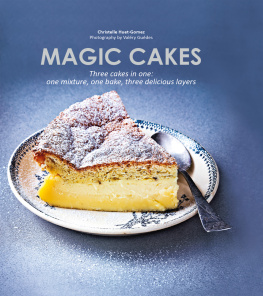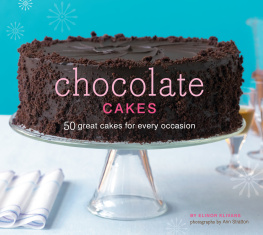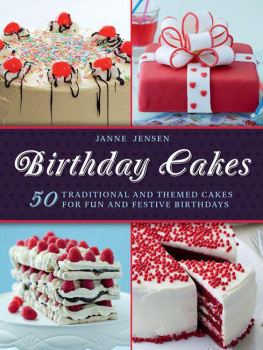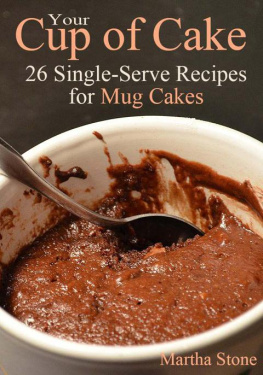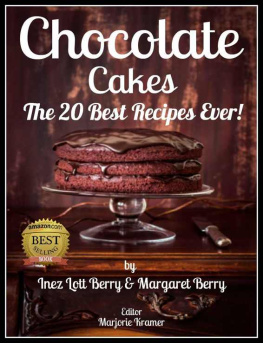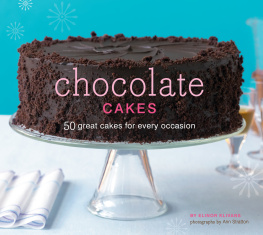The recipes in this book call for standard measuring cups and spoons. The majority of these recipes will serve from four to six people. All the measurements given are level, unless indicated otherwise. A standard measuring cup equals 1/2 pint. 1 can contains 1 1/2 cups
No. 2 can contains 2 1/2 cups
No. 2 1/2 can contains 3 1/2 cups No. 3 can contains 4 cups
Substitute 1/2 cup condensed milk and 1/2 cup of water for 1 cup of fresh milk.
When substituting sour milk for sweet milk, allow 1/2 teaspoonful of soda and deduct 2 teaspoons of baking powder for every cup of sour milk used.
put it in a saucepan over slow heat, or in a double boiler.
put it in a saucepan over slow heat, or in a double boiler.
When small beads appear around the edge, the milk is scalded. To blanch almonds pour boiling water over shelled almonds, permit them to stand until the brown skin is loosened, then blanch the almonds by pulling it off. To clean a burnt or a greasy pot quickly place an inch of water in the pot, add 1 teaspoonful or more of soda and heat the water to the boiling point. Granulated gelatin must be soaked in cold water for five minutes, or more, and dissolved in a hot liquid, or over heat. 1/2 teaspoon gelatin calls for 2 teaspoons of cold water. 1 teaspoon of gelatin calls for 4 teaspoons of cold water, etc.
Use 1 teaspoon of gelatin for thickening 1 cup of mayonnaise, or whipped cream. Use 1 level tablespoon of gelatin for thickening 2 cups of liquid, if a light jelly is desired. Use 1 1/2 tablespoons of gelatin for thickening 2 cups of liquid, if a firm jelly is desired.
Cakes are divided into two classes: I. Sponge Cakes
II. Butter Cakes Sponge cakes are made without butter.
Butter cakes call for butter, or other shortening. The following general rules apply to both types of cake, special rules being given later. The ingredients used in cakes must be measured accurately. The majority of recipes are very carefully balanced, and this balance must not be disturbed by careless measurements. All the measurements given in this book are level, unless otherwise stated. Flour and sugar should be sifted before they are measuredand after being measured the flour should be sifted three times.
The sugar need not be sifted again unless the recipe calls for it. These ingredients should be handled separately. It is a help to use two squares of stiff paper in sifting the sugar and flour. Bend the paper when you wish to transfer these ingredients. Use a tablespoon, or a small scoop to handle the sugar and flour when measuring them. Heap the flour lightly into a cup.
Do not shake the cup. Fill it to overflowing, then level off the top with a knife. Cake flour makes a light and delicious cake. Use it whenever it is available, but if bread flour is substituted, use 7/8 of a cup instead of 1 cup of flour. If cake flour is substituted for bread flour, use 1 1/8 cups instead of 1 cup. If flour has been exposed to moisture, it will make a streaky cake.
Be sure to spread flour in shallow pans and dry it well in a slow oven before using it, if there is any doubt about its being dry, or sift it four or five times before the open door of a hot oven. Sponge Cakes Beat the egg yolks until they are light and lemon colored. Add the remaining ingredients as directed in the recipes, using sifted sugar and sifted flour. Do not beat a sponge cake batter unless the recipe calls for it. Fold in the ingredients lightly until they are blended onlyenclosing as much air as possible. Either the flour or the beaten egg whites may be folded in last.
Do not beat the egg whites until you are ready to use them. Add a few grains of salt to the egg whites, and beat them on a large platter, using a flat wire egg beater. Beat them until they are stiff, stand up well in peaks and keep their shape, but not until they are dry. Fold the stiffly beaten egg whites into the cake batter, that is, heap them onto the batter and with a downward motion of the spoon take up some of the batter and fold it lightly over the egg whites. Enclose all the air, do not stir or beat it out. Repeat this downward cut and upward folding motion until the ingredients are blended.
Have a cake pan ready, and pour the batter into it. The dough will cling to the sides of the ungreased pan and will rise higher than if it were greased. Bake a sponge cake in a moderate oven325, or place it in a somewhat slower oven300 and bake it with a slightly increasing heat. Test the cake by inserting a wire cake tester, or a straw. If the tester emerges perfectly clean, the cake is done. The cake should be lightly browned and should be beginning to shrink from the sides of the pan.
If pressed with a finger, it should at once come back into shape. Remove the cake from the oven and invert the pan until the cake is entirely cold. Then run a knife around the sides and across the bottom and remove the cake from the pan. Trim off the hard edges, if there are any, (there really should not be), sprinkle the cake with powdered sugar, or cover it with icing. Butter Cakes Place the butter called for in the recipe in a warm place. Permit it to become soft, but do not permit it to melt, unless the recipe calls for melted butter.
When the butter has softened somewhat, beat it with a wooden cake spoon, or work it with the hand until it is creamy. Add the sugar slowly and beat or work it into the butter until it is entirely dissolved. This first step in the making of a butter cake is a very important onedo not hasten it. Cream the butter and the sugar until they are fluffy and foamy. Next beat in the egg yolks, one by one, add a small amount of flour, which has been sifted with the baking powder, then a small amount of milk, or whatever liquid is called forthen alternate the flour and the milk until all of it has been used. Beat the batter well after each addition of flour, or liquid, as this will give the cake a fine grain.
If beaten too long, the cake will be close. Place the egg whites on a large platter, add a few grains of salt, and whip them with a flat wire egg beater until they are stiff, stand in peaks and hold their shape, but not until they are dry. Do not beat the egg whites until you are ready to use them. Fold in the beaten egg whites, that is, heap them upon the cake batter and with a downward motion of the spoon take up some of the batter and fold it lightly over the egg whites. Enclose all the air, do not stir or beat it out. Repeat this downward cut and upward folding motion until the ingredients are blended.
Have a greased cake pan ready. Pour the dough into it and bake the cake in a moderate oven350or place it in a somewhat slower oven325and bake it with a slightly increasing heat. Test the cake by inserting a wire cake tester, or a straw. If the tester emerges perfectly clean, the cake is done. The cake should be lightly browned and should be beginning to shrink from the sides of the pan. If pressed with a finger, it should at once come back into shape.
Invert the cake pan for five minutes. Then loosen the cake from the sides and the bottom of the pan, invert it onto a plate and turn it right side up on a cake cooler, or on a rack, so that the air may circulate from the bottom. This will keep the crust dry and prevent it from becoming soggy. Sprinkle the cake with powdered sugar, or cover it with icing.



